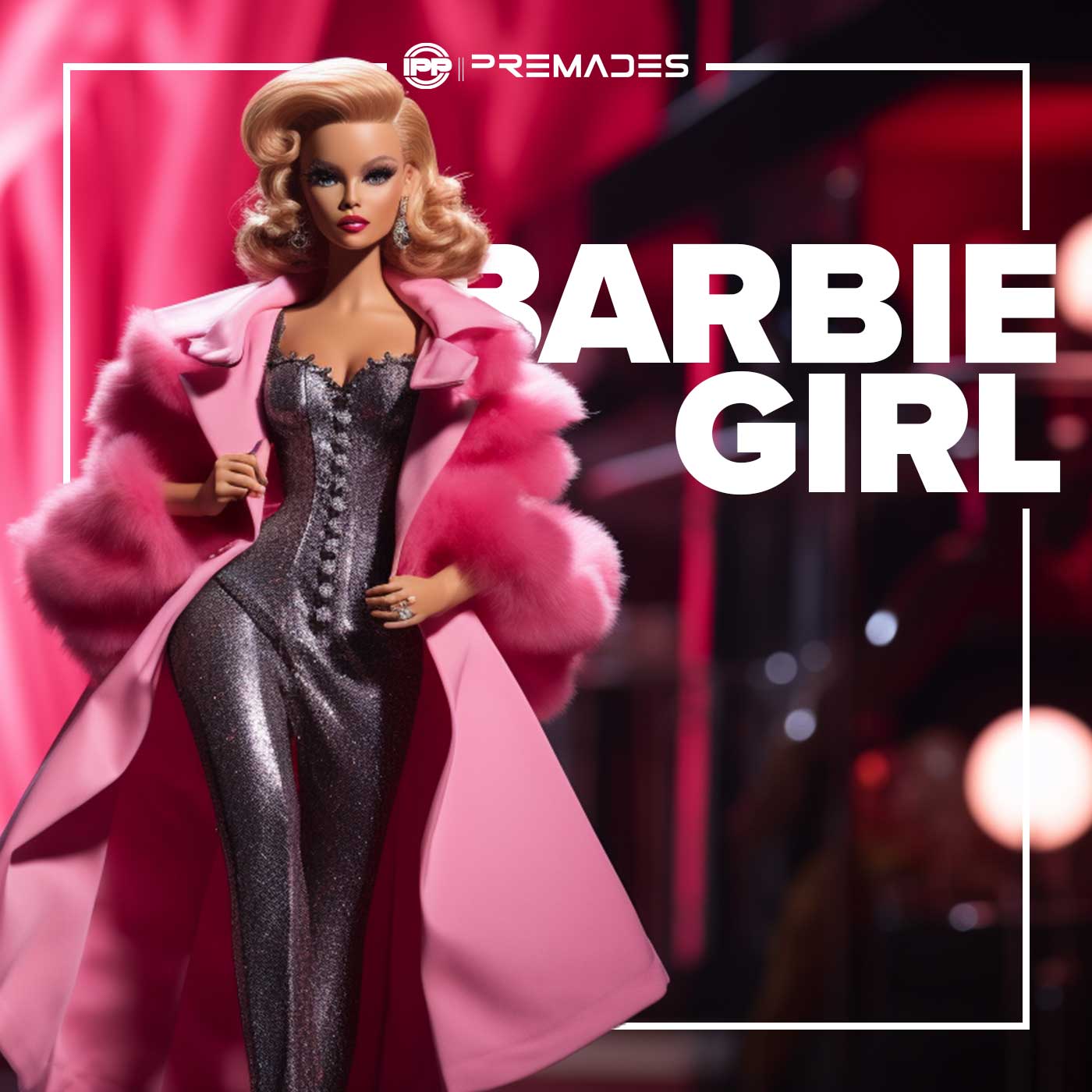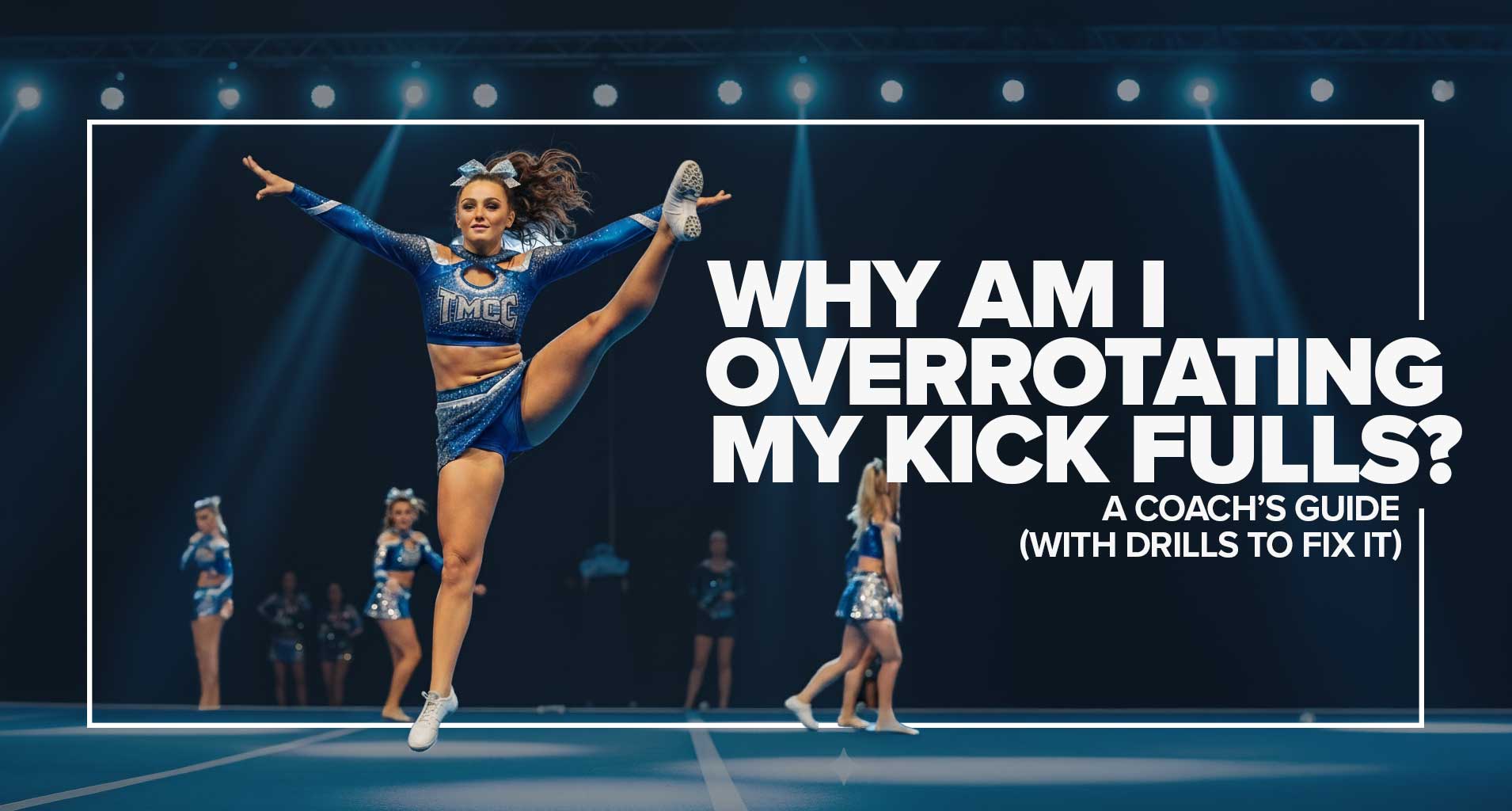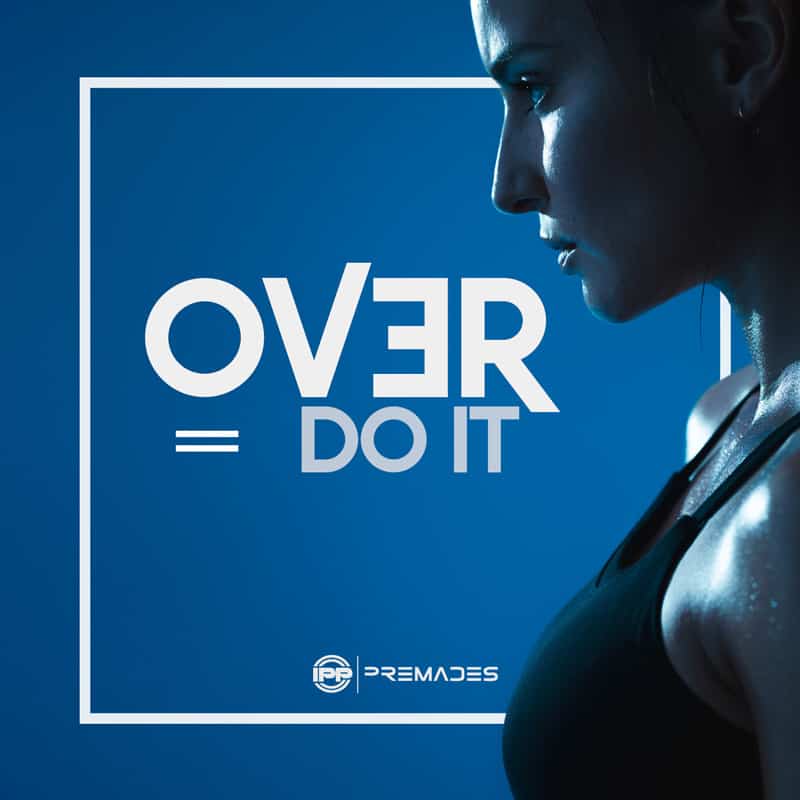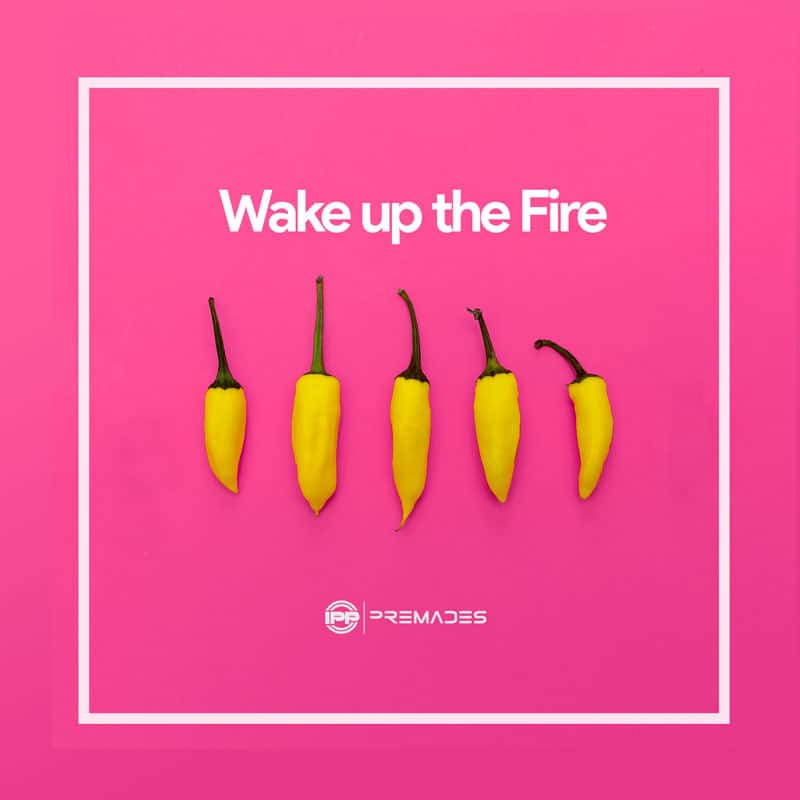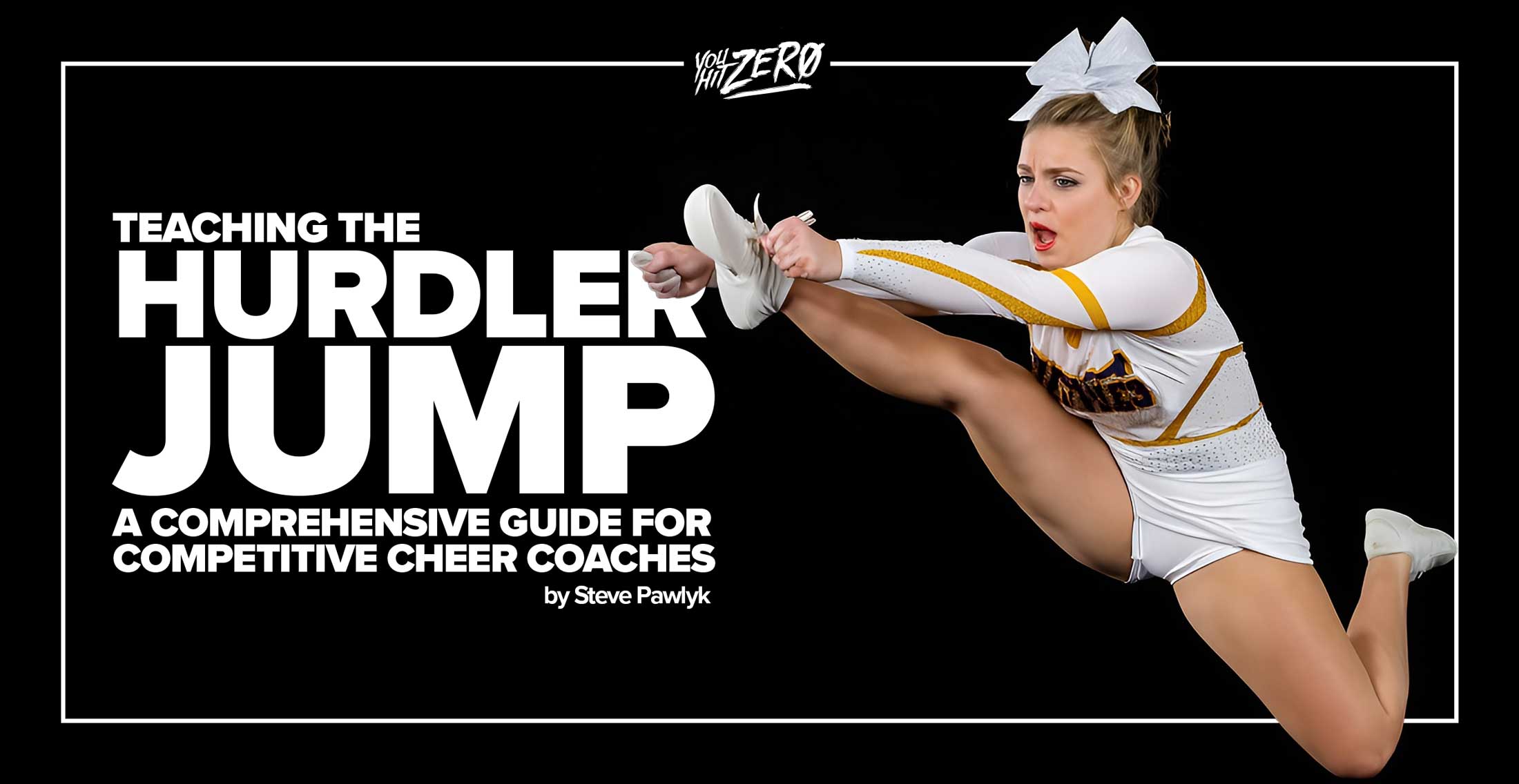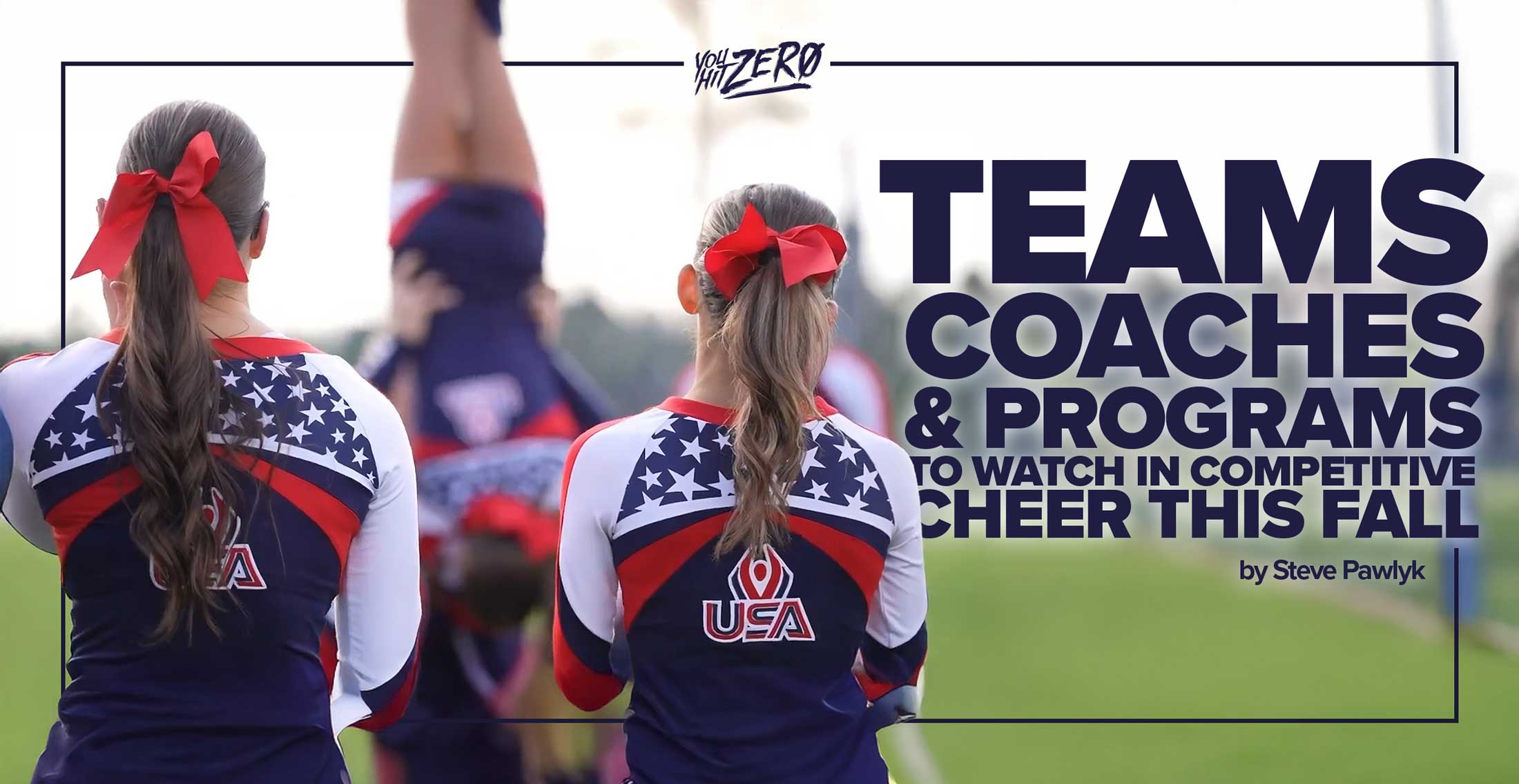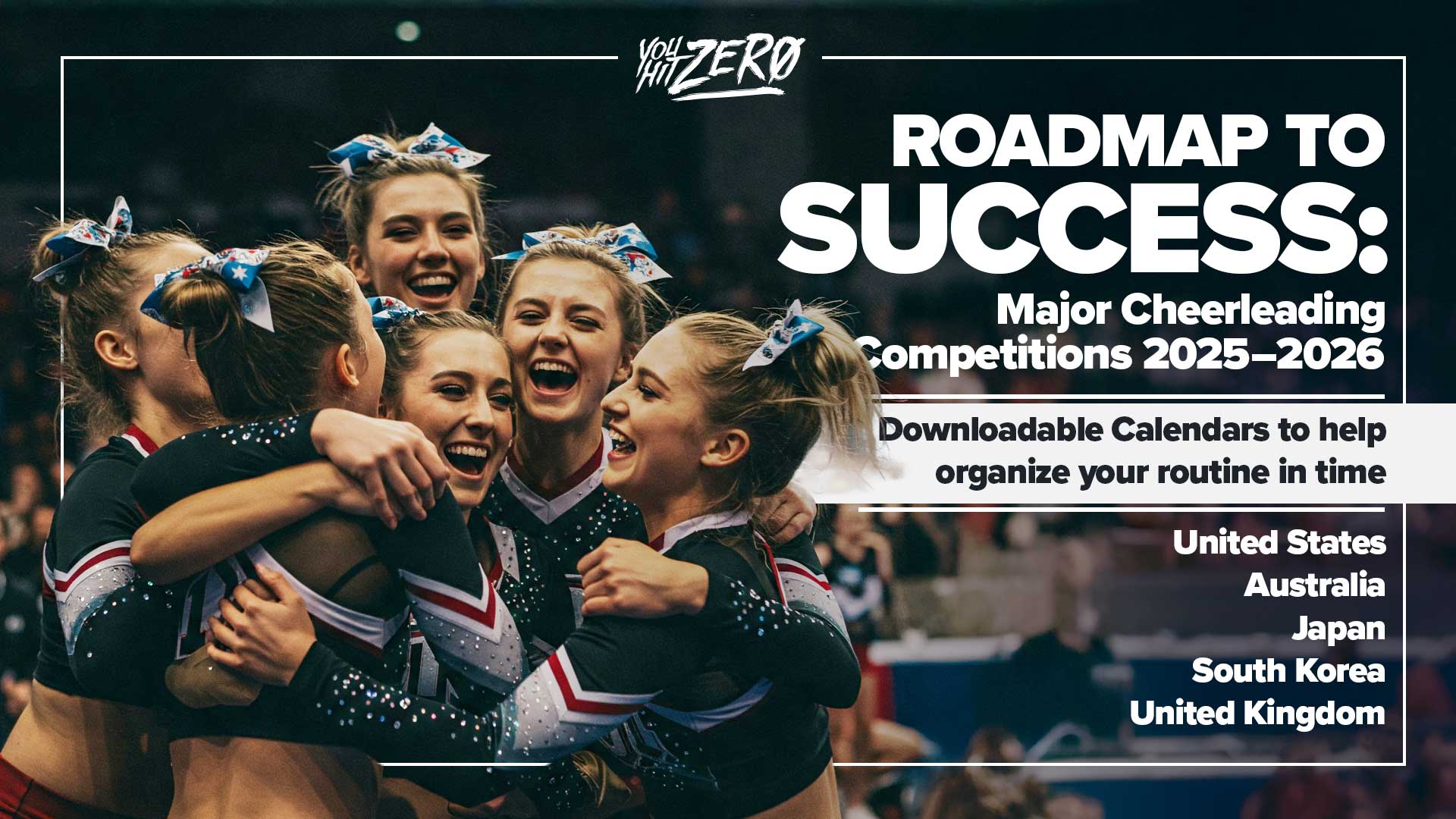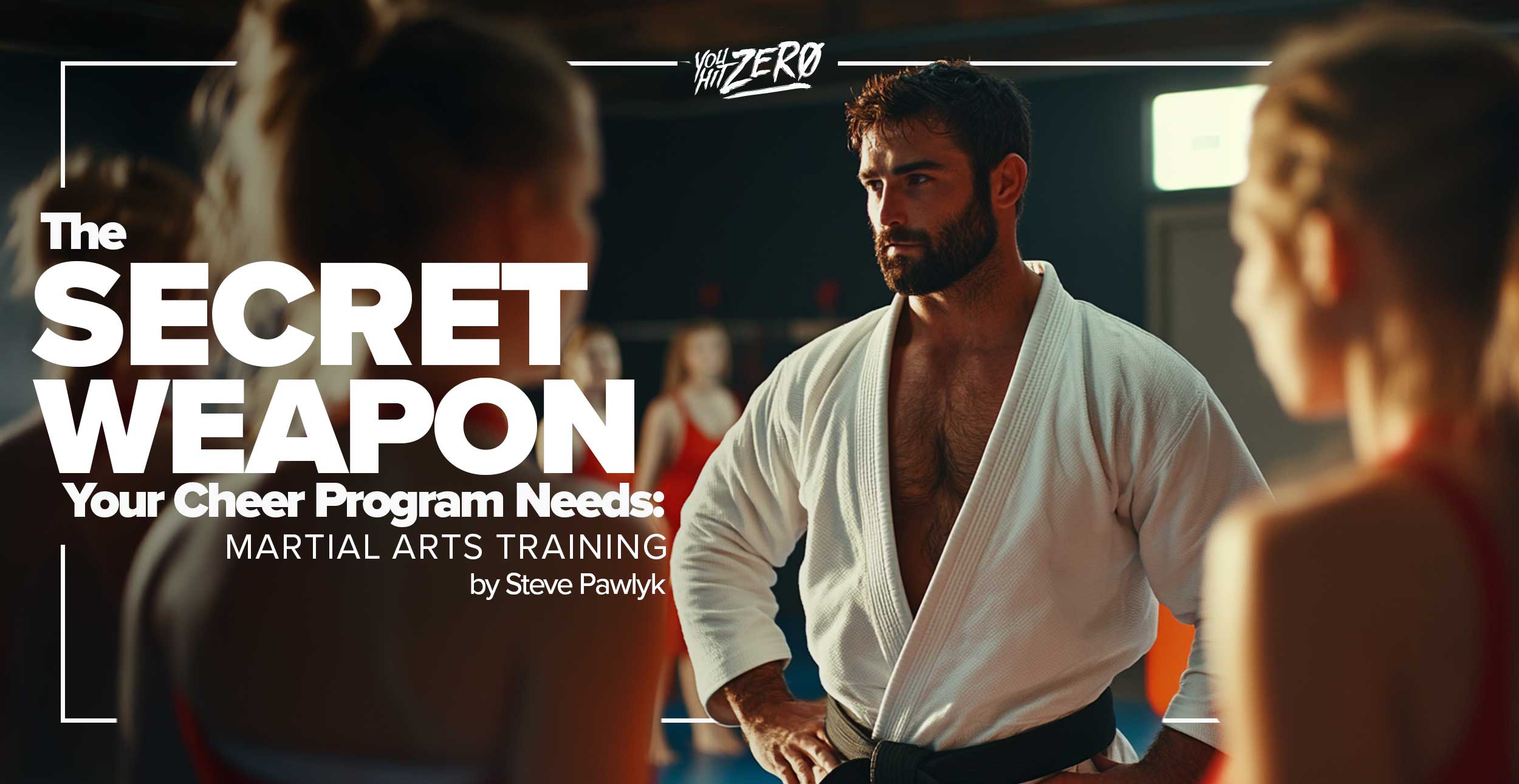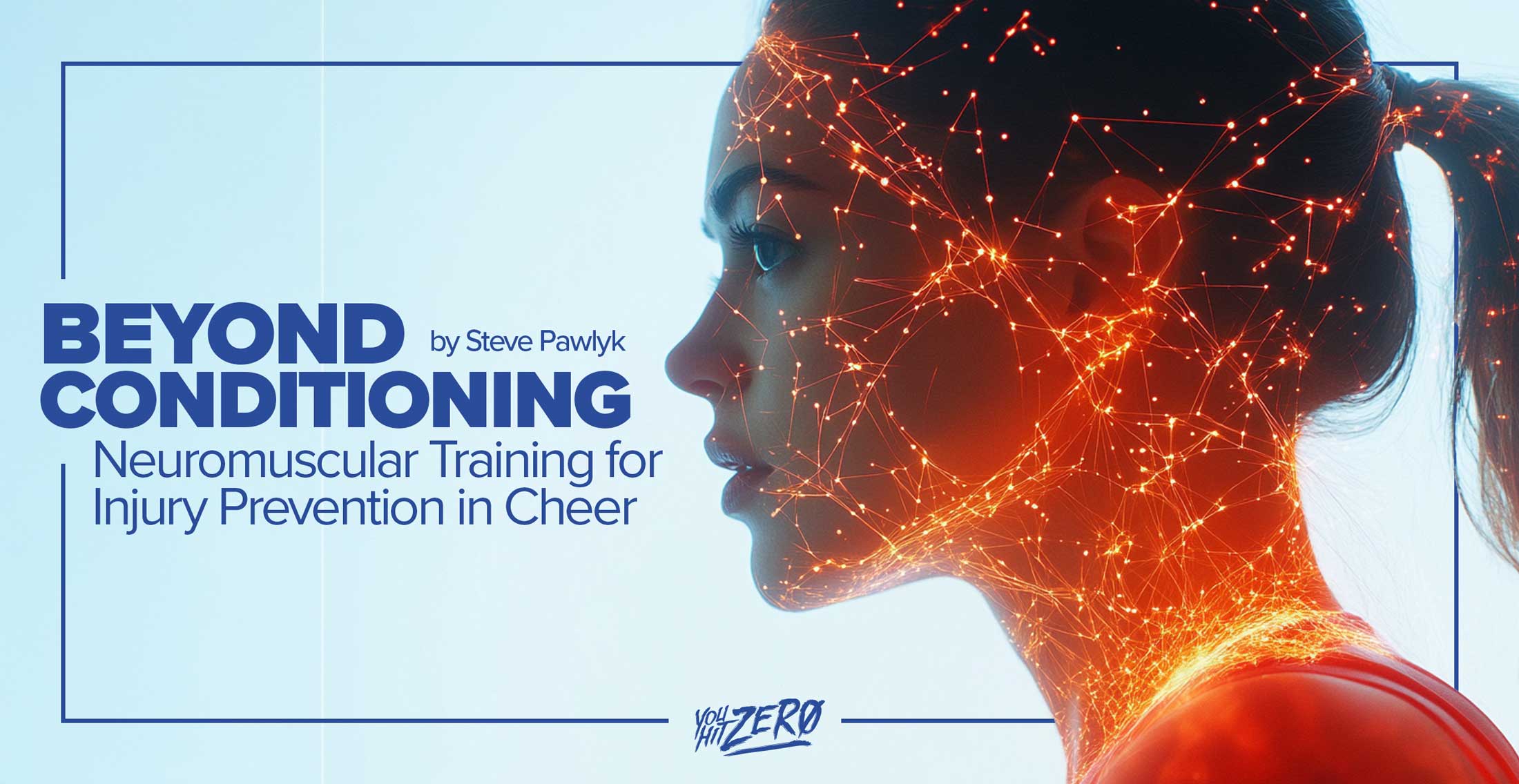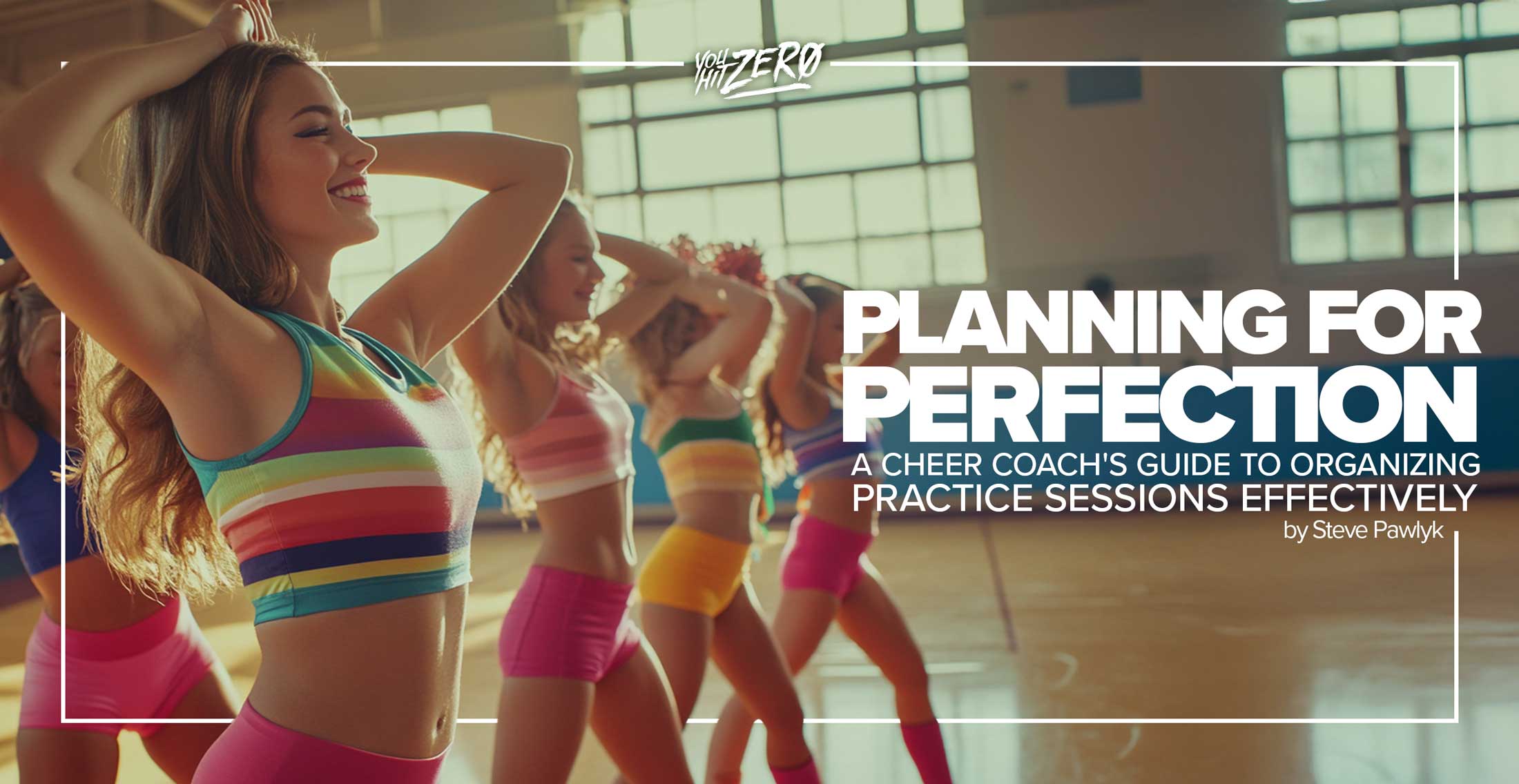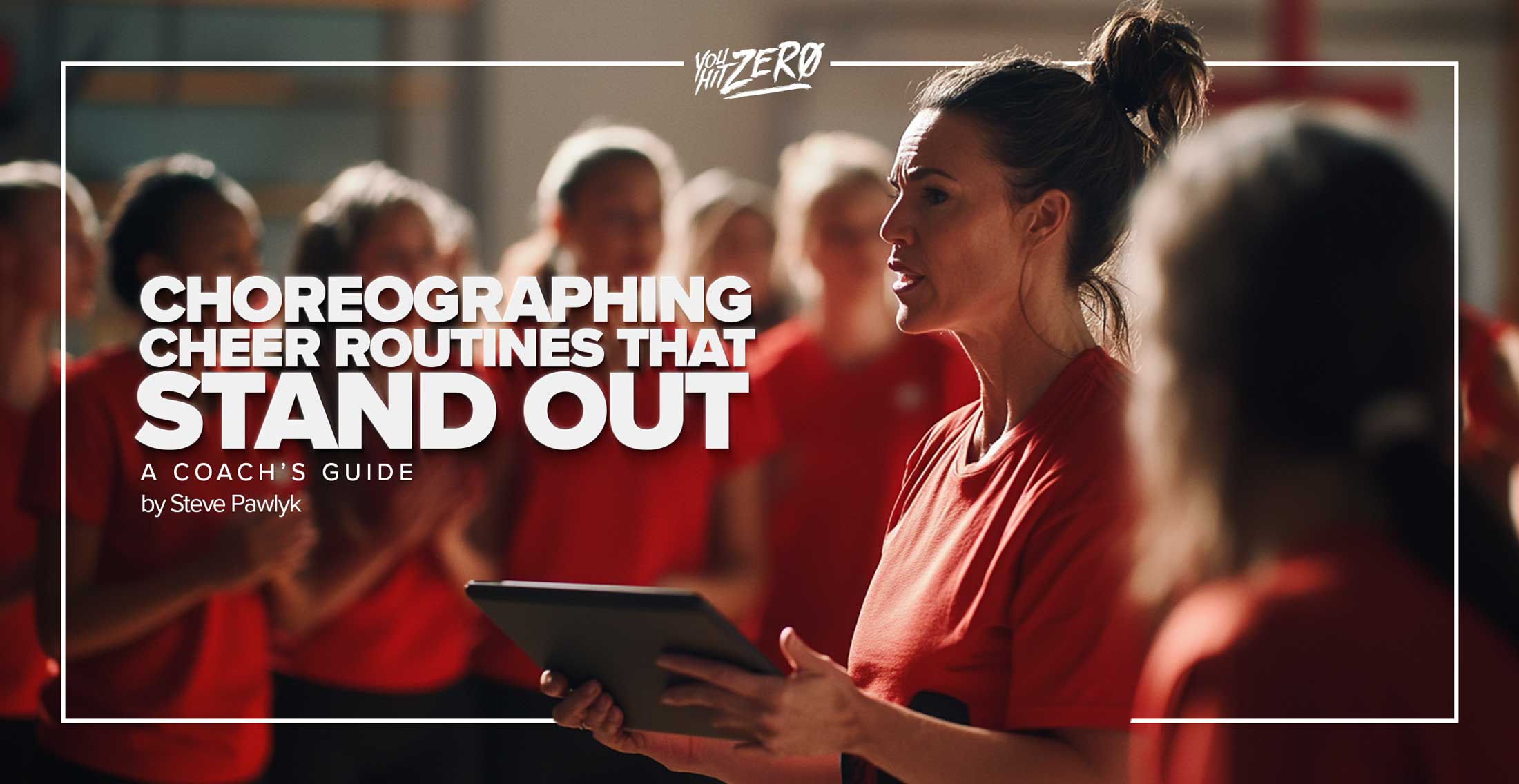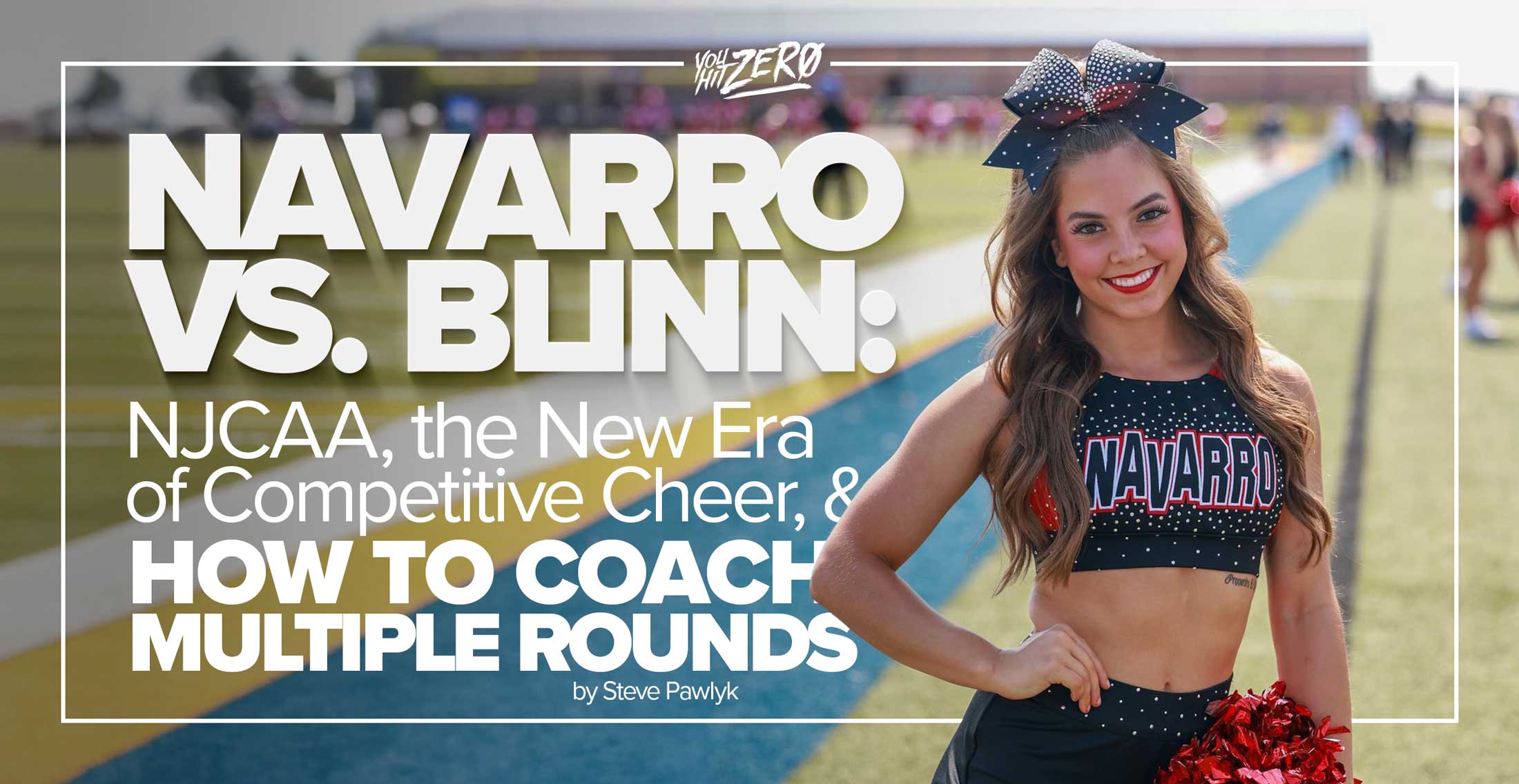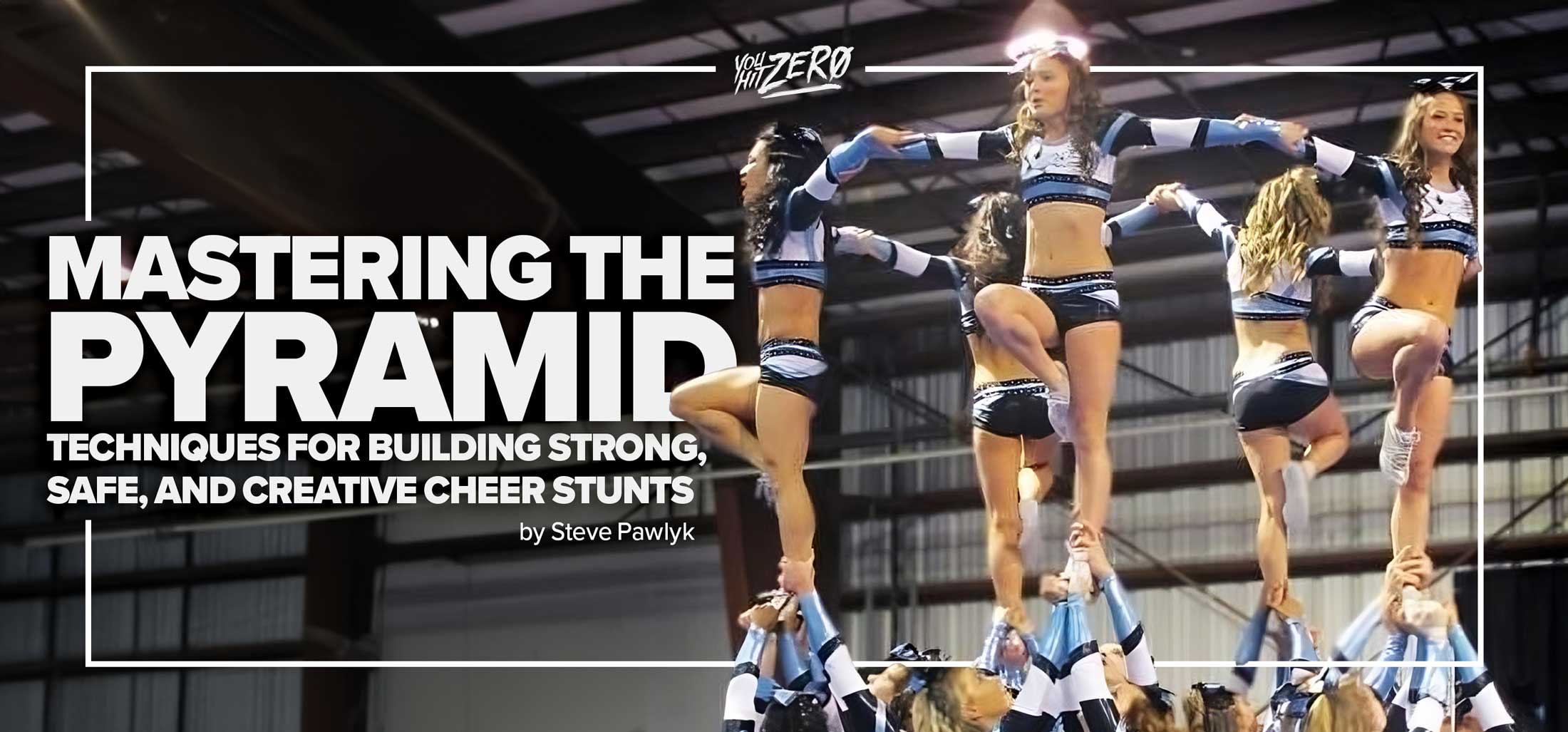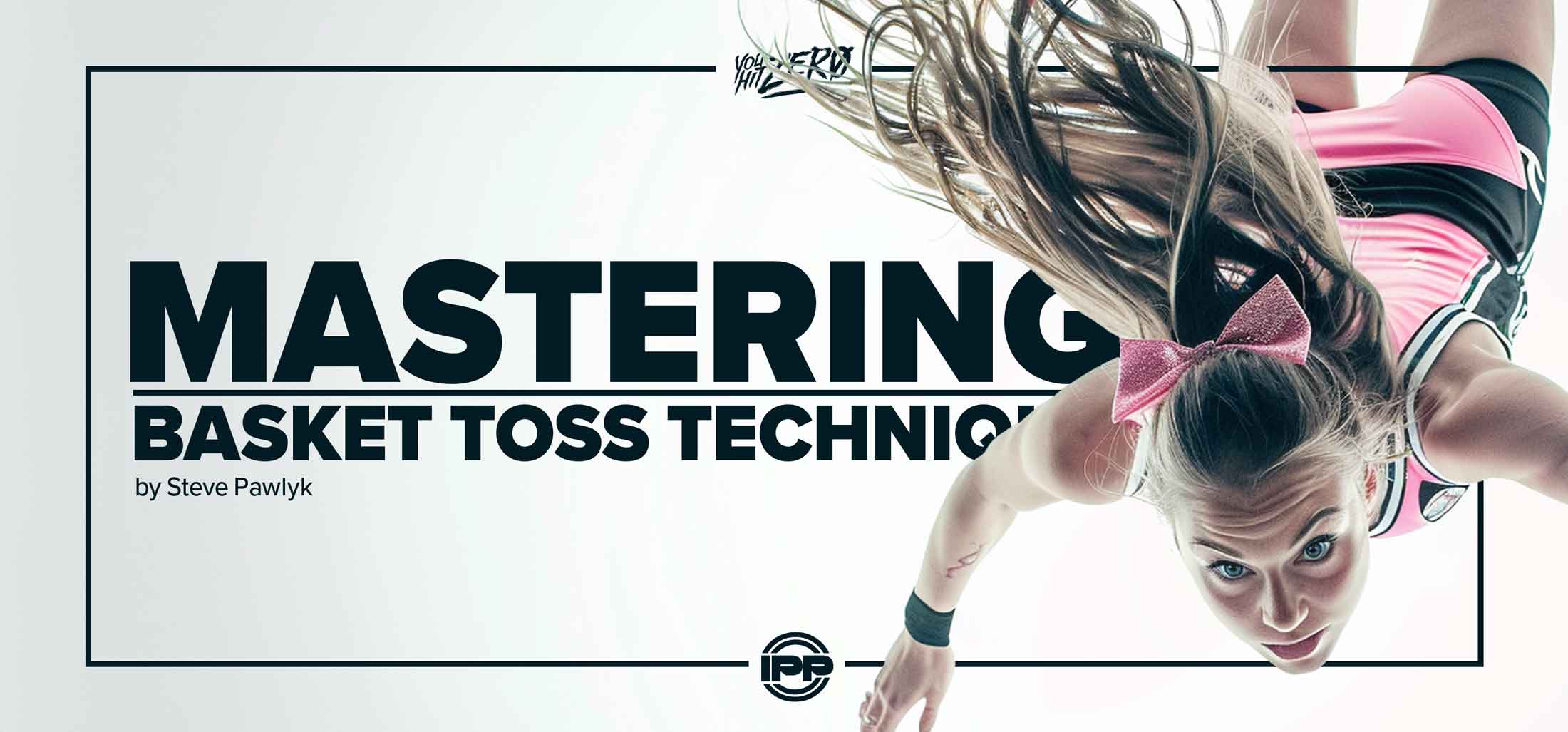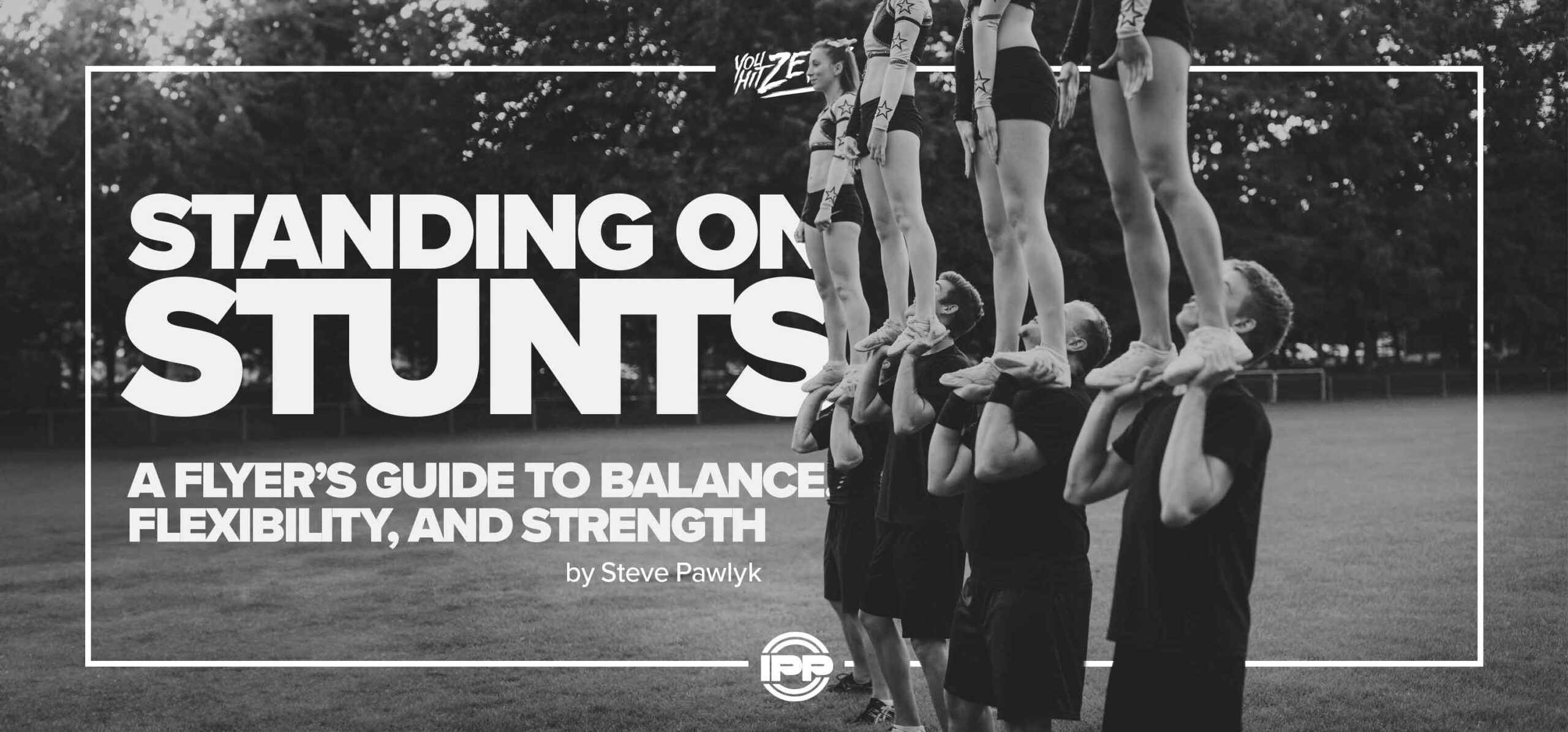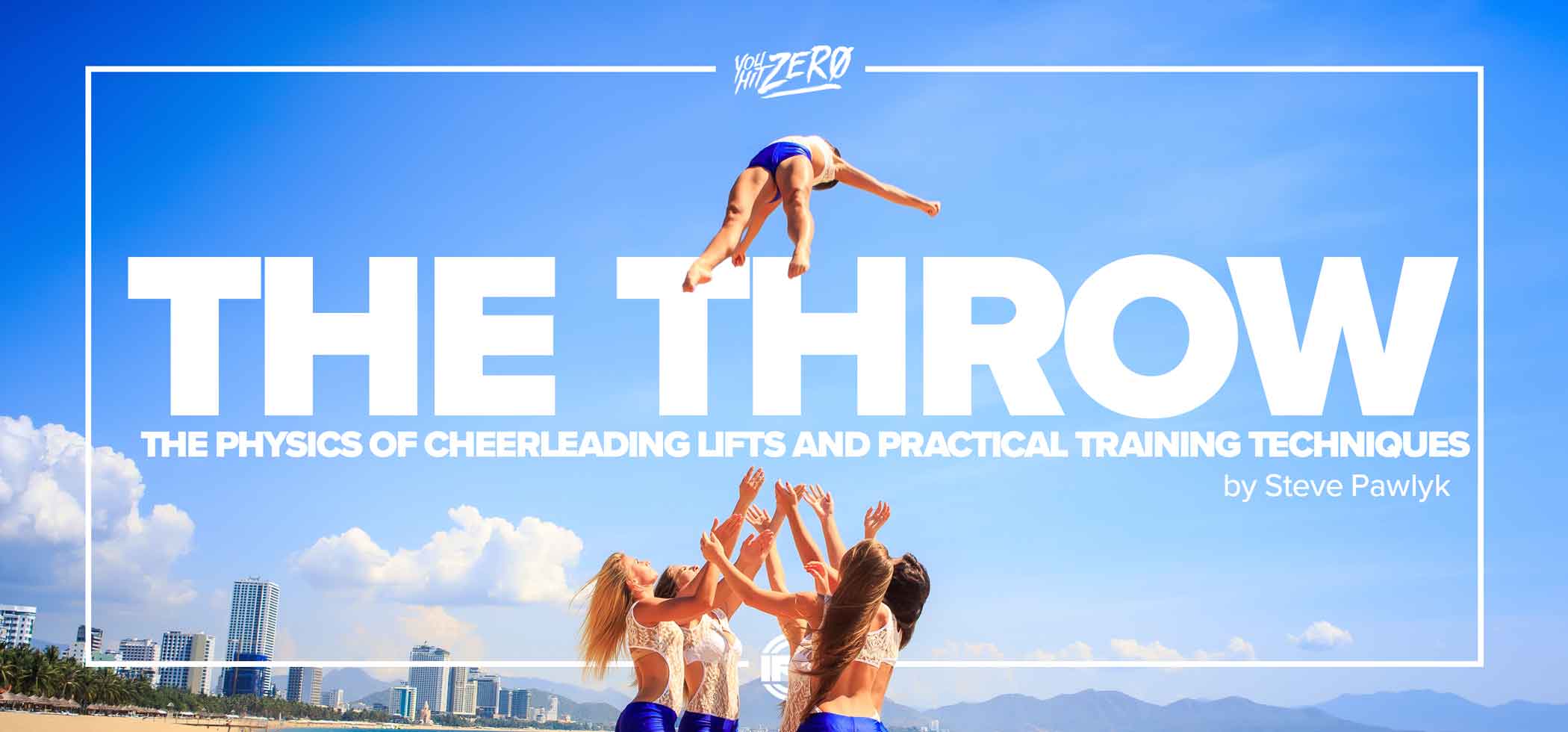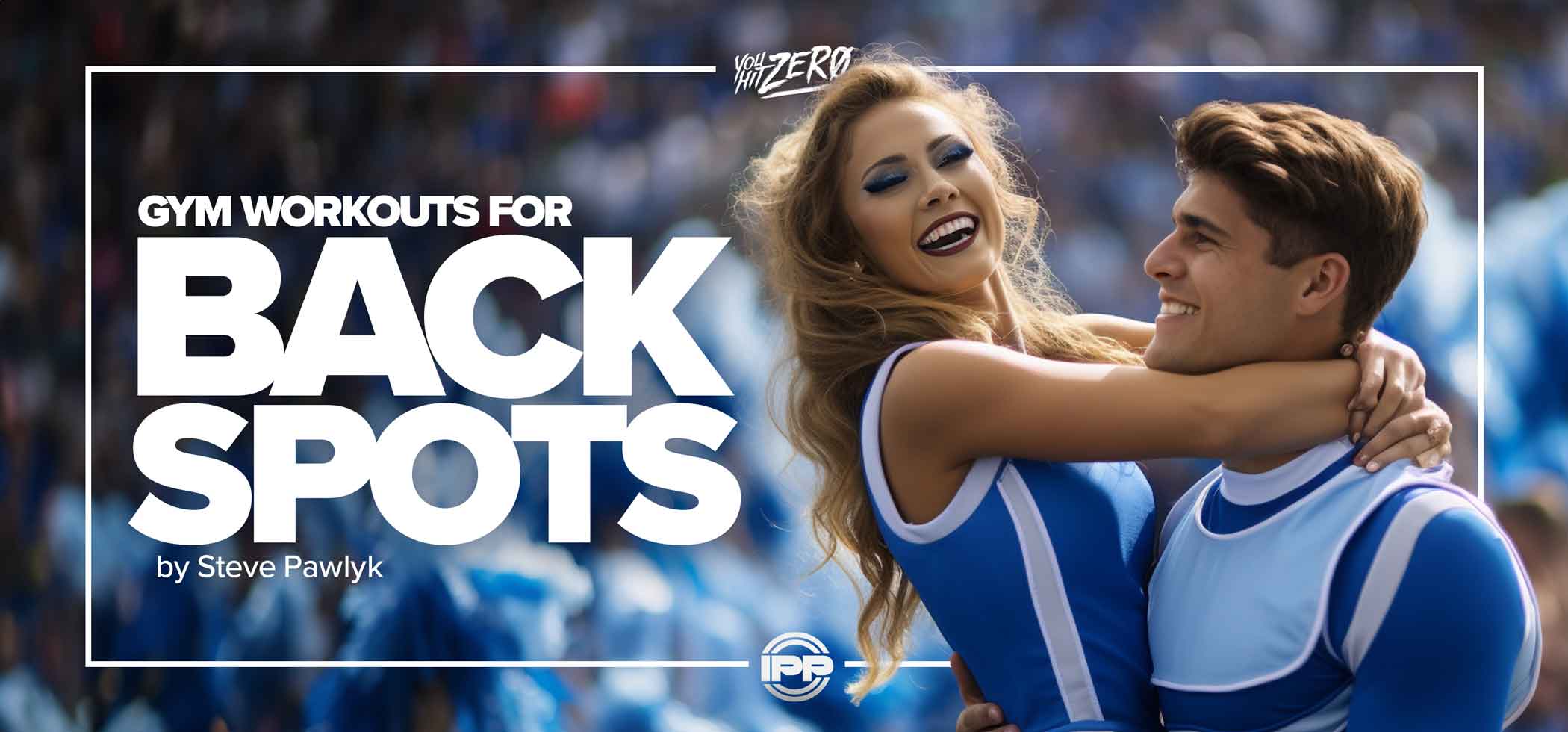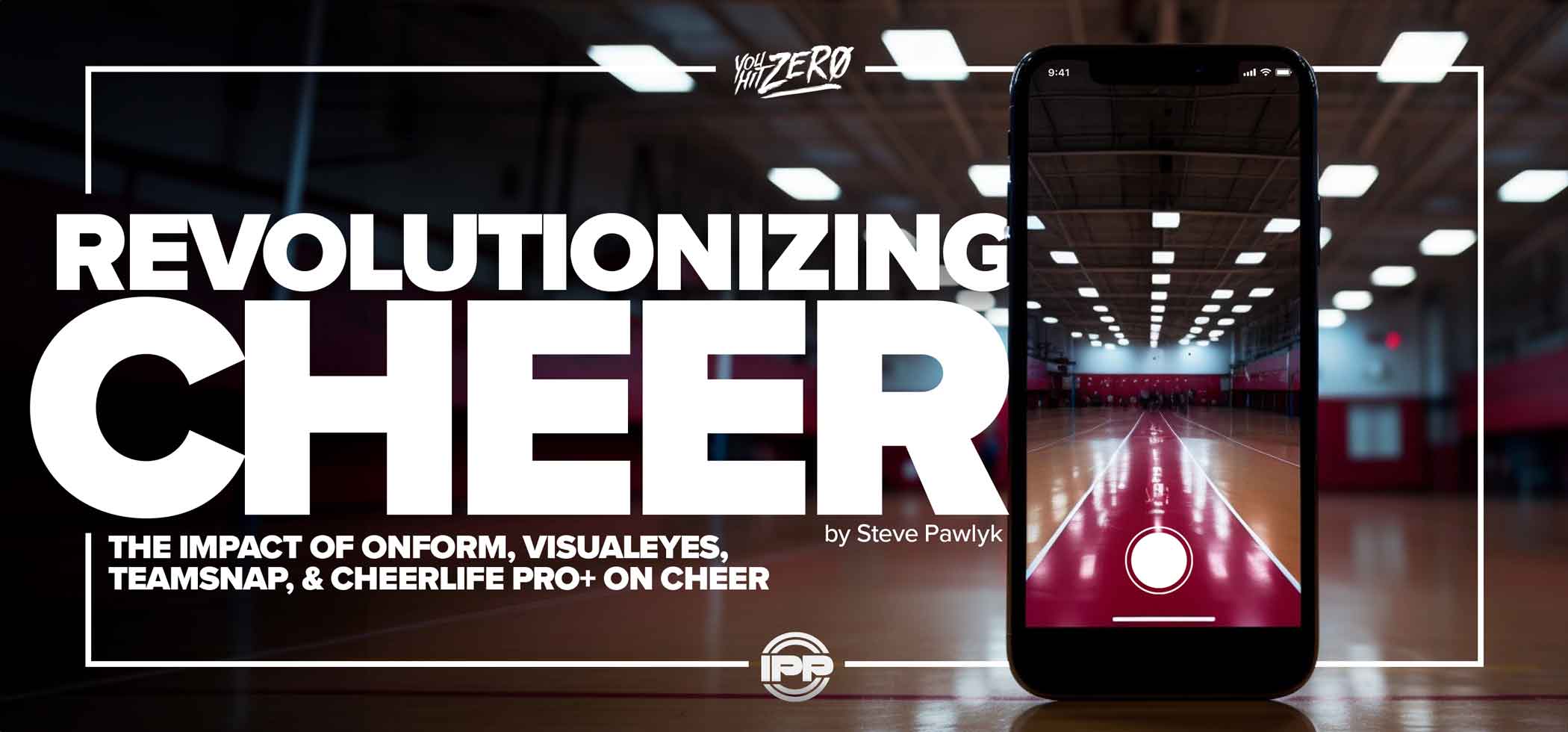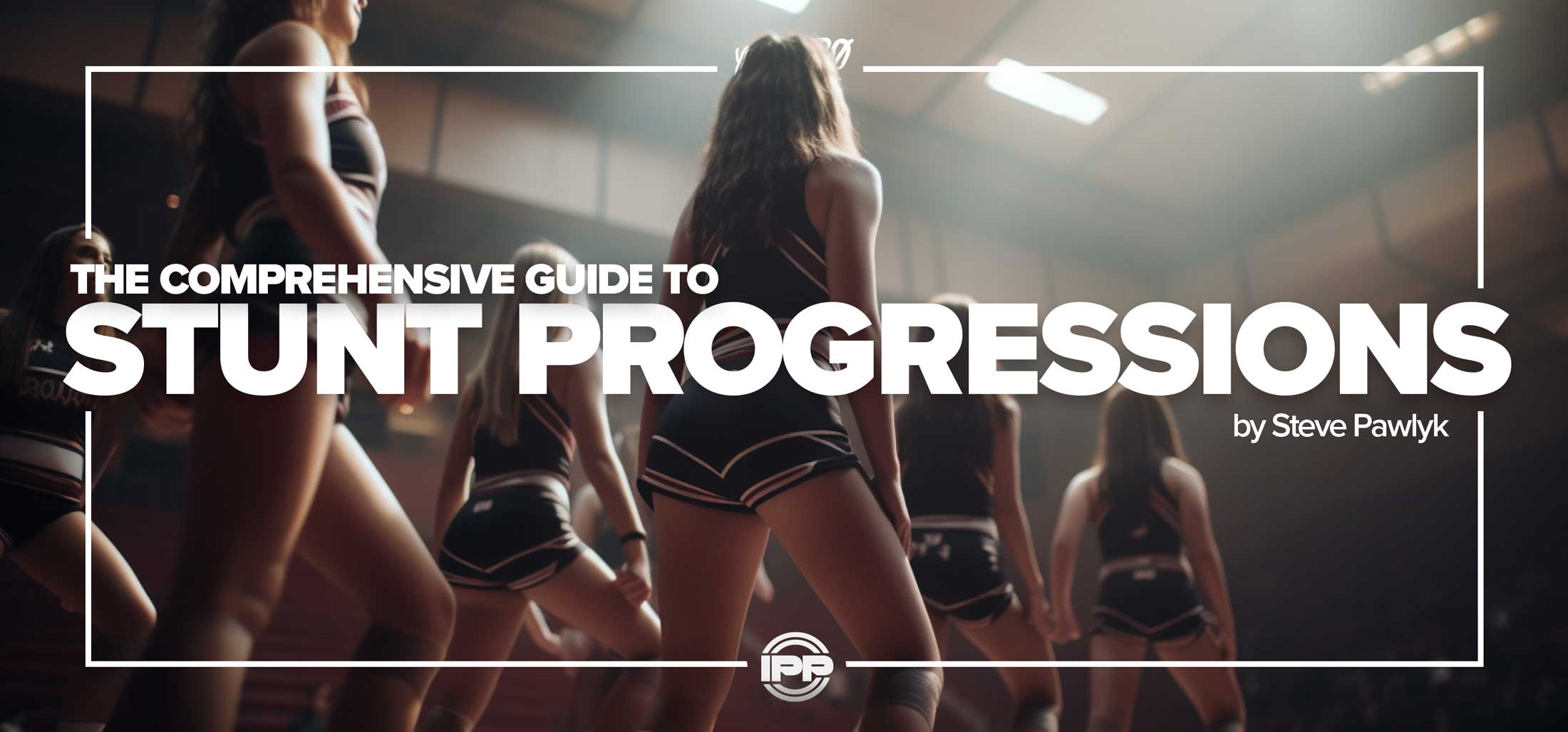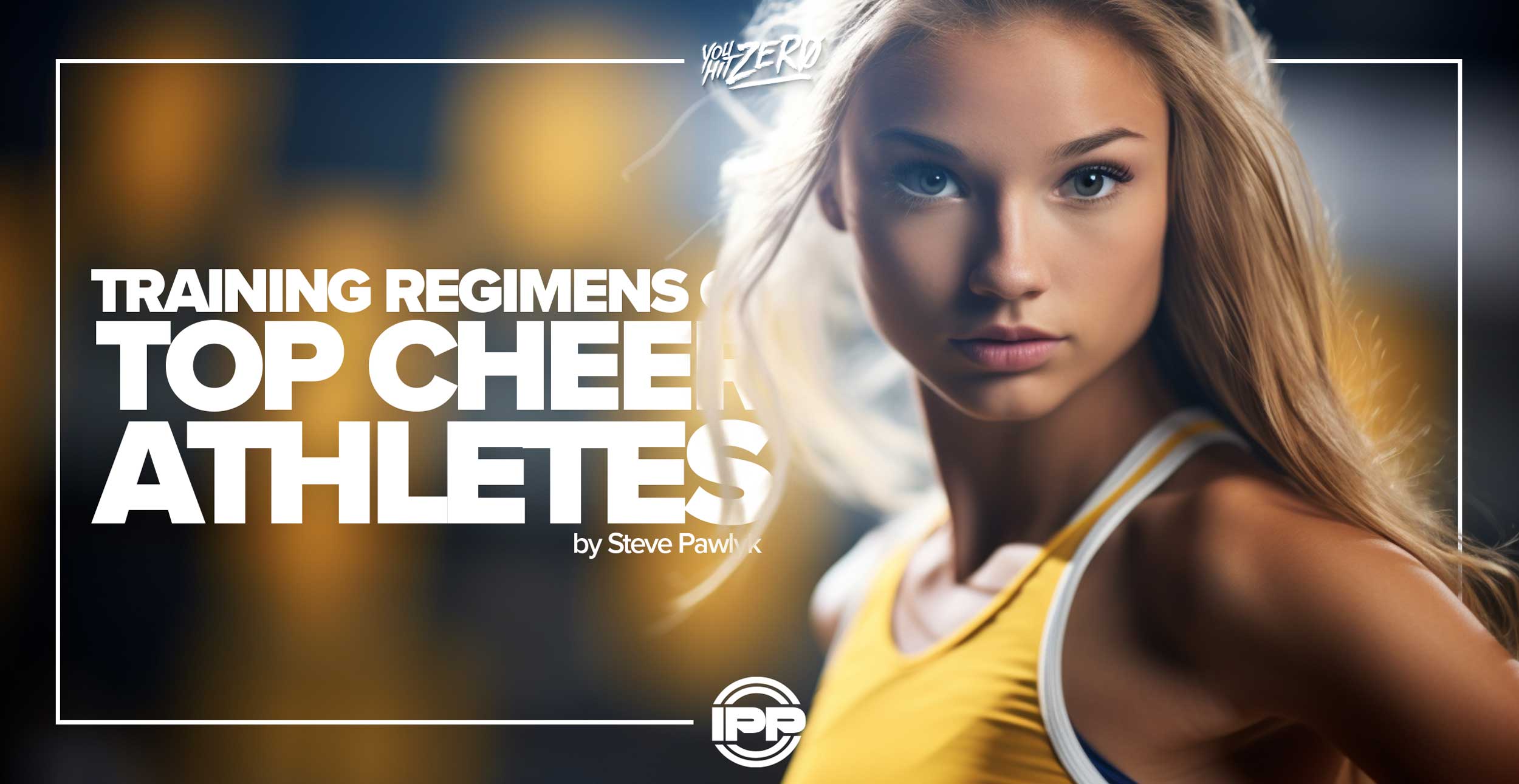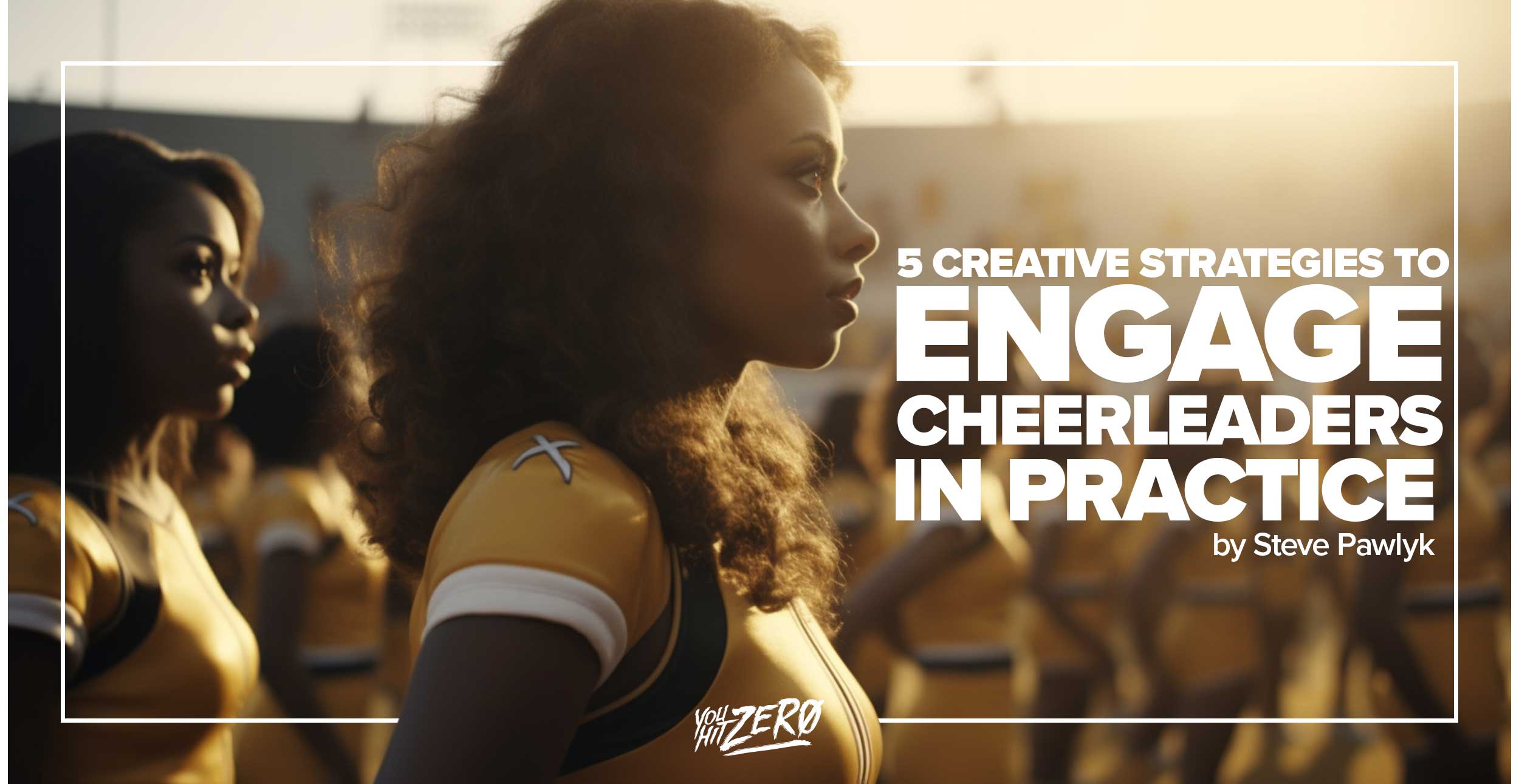By Steve Pawlyk
Published September 1, 2025
Cheer tumblers working on doubles often run into a frustrating problem: overrotation on their kick fulls. This issue shows up most often when athletes move from standing entries to roundoff entries, and it can make doubles feel impossible.
The good news? Overrotation isn’t a dead end — it’s actually a sign of power. With the right mechanics and drills, athletes can learn to control that power and use it as a foundation for doubles.
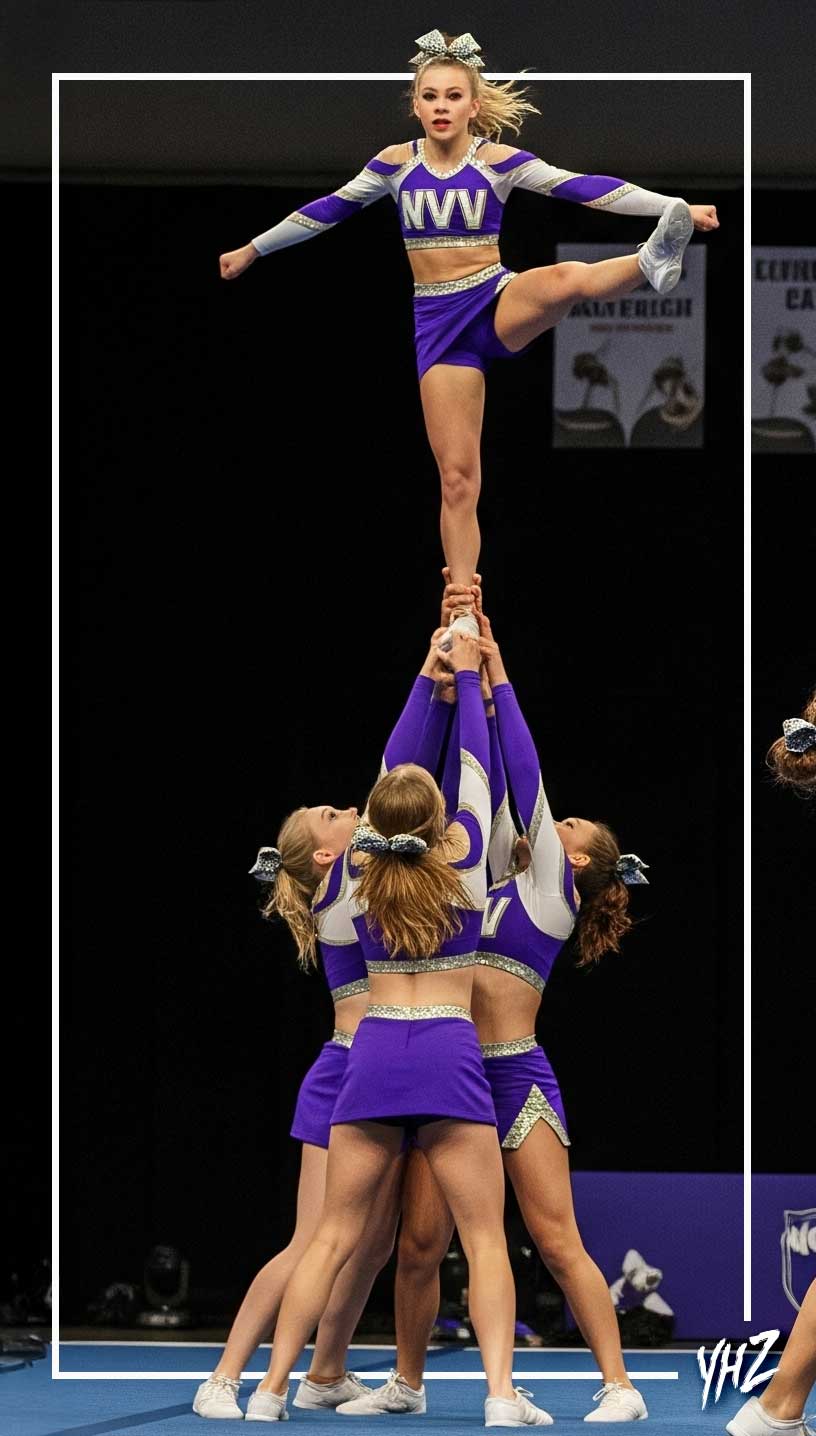
The Root Cause of Kick Full Overrotation
When an athlete goes from a standing kick full to a roundoff–back handspring–kick full, the entry changes everything:
- Extra power and momentum: The roundoff + handspring produces more height and rotational energy than a standing kick, making the twist easier to over-rotate.
- Delayed kickdown: Without snapping the legs down early enough, the layout rotation continues too long before the twist is complete.
- Chest position at set: A chest that’s too open (arched) at takeoff almost always leads to excess flip rotation.
Why Roundoff Entries Make It Worse
- Stronger rebound: Roundoff + handspring creates more lift, giving more airtime and faster twisting.
- Different body position: From standing, athletes naturally kick legs under. From roundoff, snapdown is less pronounced, leaving the layout overextended.
- Overcompensation: Athletes pushing harder for doubles often throw the layout too aggressively before twisting.
Fixing Kick Full Overrotation
Here are the core adjustments to stop overrotating:
- Focus on the Kickdown: Snap the kick under earlier to cut off excess layout rotation.
- Drill Hollow Body Shapes: Hollow = control. Arch = overrotation.
- Control the Set: Set high before twisting; don’t throw back.
- Use Progressions Before Doubles: Build clean, consistent fulls before adding difficulty.
- Review on Video: Frame-by-frame shows chest angle and leg snap timing.
Kick Full Correction Drill Plan for Coaches
This progression gives athletes a clear path to stop overrotating kick fulls. Don’t move forward until the athlete can hit clean, controlled landings consistently.
Step 1: Re-Establish Hollow Control
Purpose: Break the arch habit that fuels overrotation.
Drills:
- Hollow Holds (4 x 30s)
- Hollow Jumps on Tramp
- Layout Snapdowns with Stick Landings
Cues: “Flat back, no arch.” | “Snap feet under faster.”
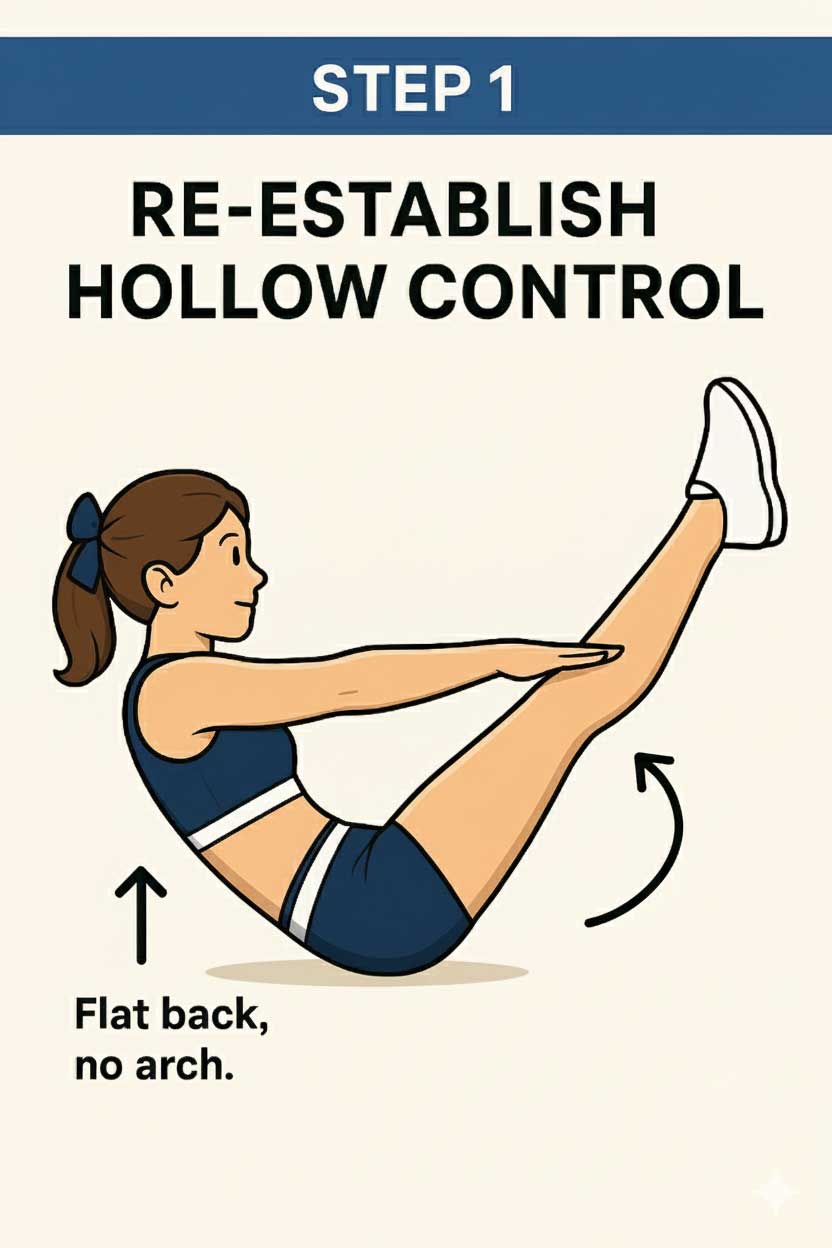

Step 2: Layout Control Before Twist
Purpose: Build a consistent layout base.
Drills:
- Roundoff–Back Handspring–Layout Stick
- Standing Kick Layouts (snapdown timing)
- Layout Rebounds (no backward roll)
Cues: “Land like it’s the end of a pass.” | “Stop the flip early.”
Step 3: Controlled Fulls With Snapdowns
Purpose: Add twist without letting layout rotation dominate.
Drills:
- Standing Kick Fulls to Layout Finish
- Roundoff–Kick Full to Soft Mat Stick
- Half-Twist (Arabian) Snapdown Drills
Cues: “Kick under before twisting.” | “Finish twist with chest, not back.”
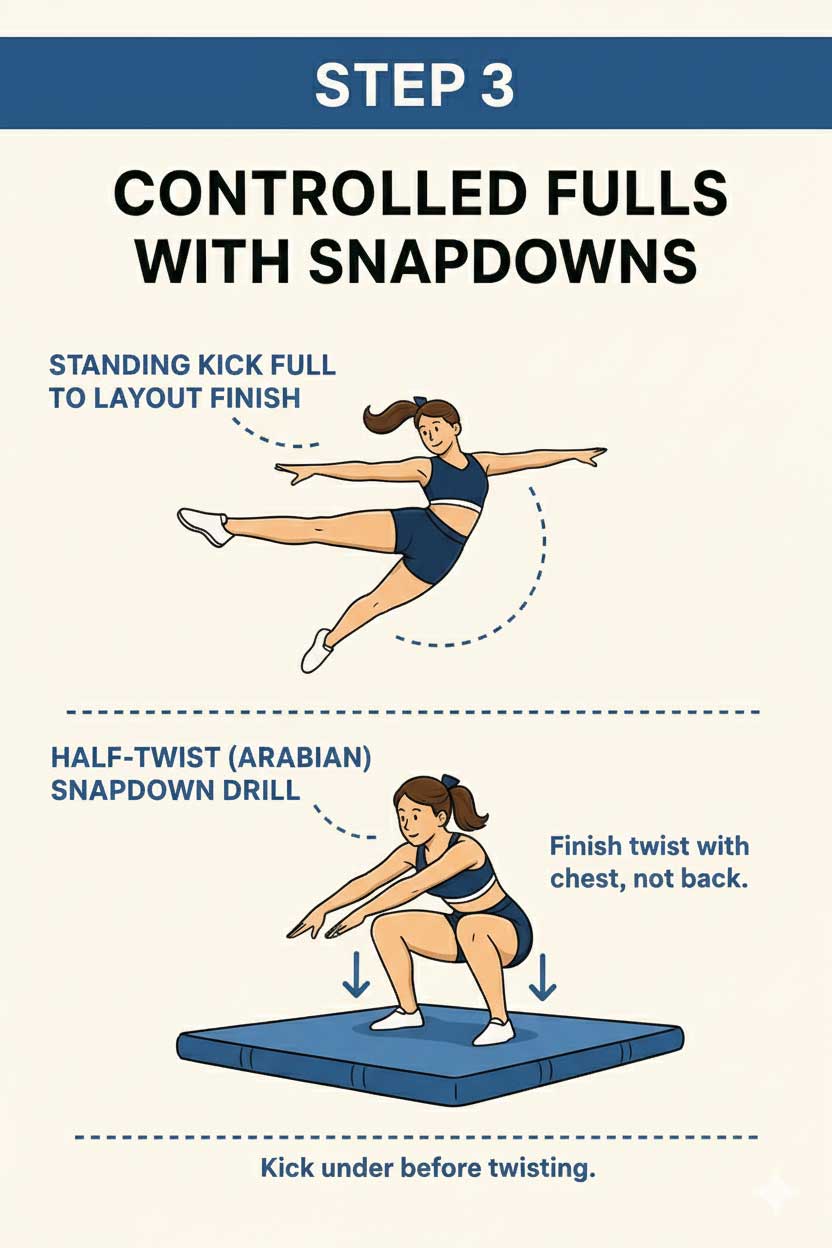
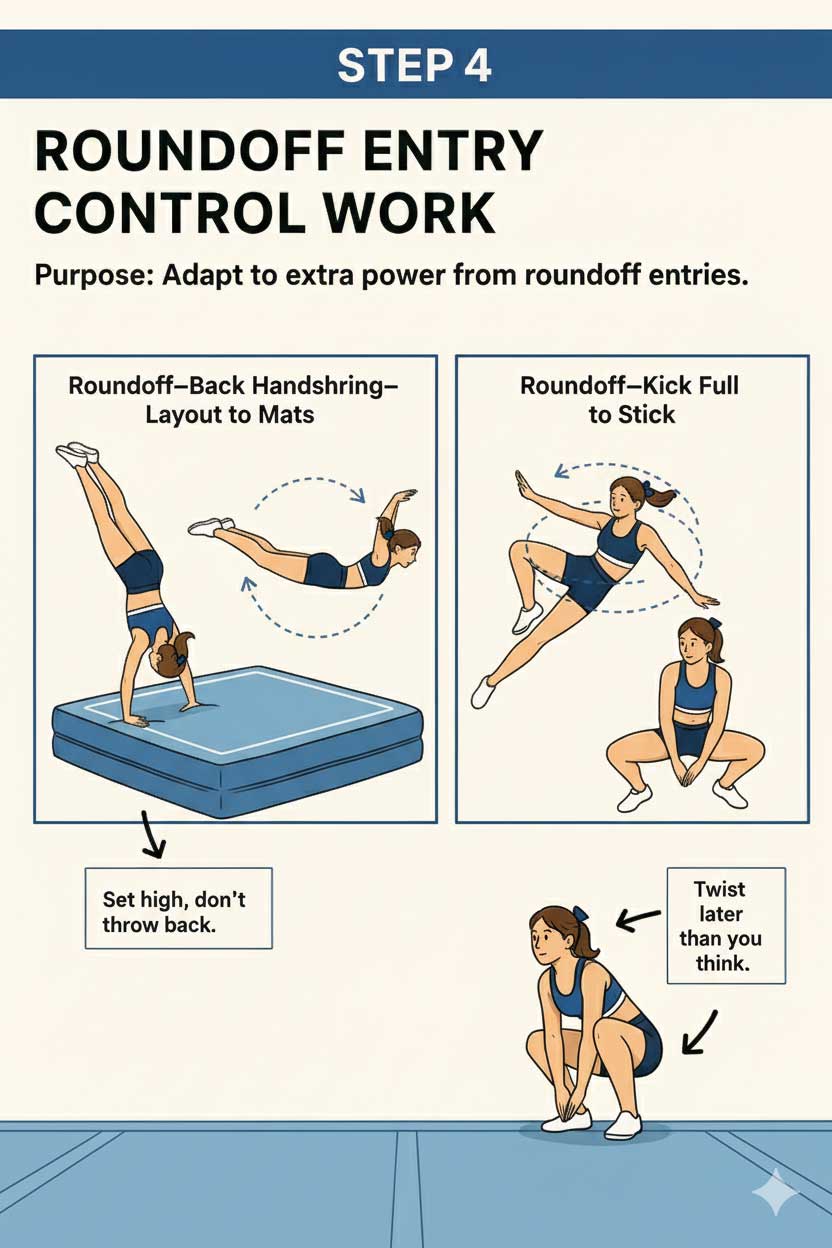
Step 4: Roundoff Entry Control Work
Purpose: Adapt to extra power from roundoff entries.
Drills:
- Roundoff–Kick Full to Stick
- Roundoff–Kick Full to Layout Drill
- Roundoff–Back Handspring–Layout to Mats
Cues: “Set high, don’t throw back.” | “Twist later than you think.”
Step 5: Progression Toward Doubles
Purpose: Control the single full first, then move into doubles safely.
Drills:
- Two Perfect Kick Fulls Rule (hit 2 in a row clean)
- Kick Full + Layout Combo
- Doubles Into Pit (focus on snapdown)
Cues: “Master the single before chasing doubles.” | “Your full is your foundation.”
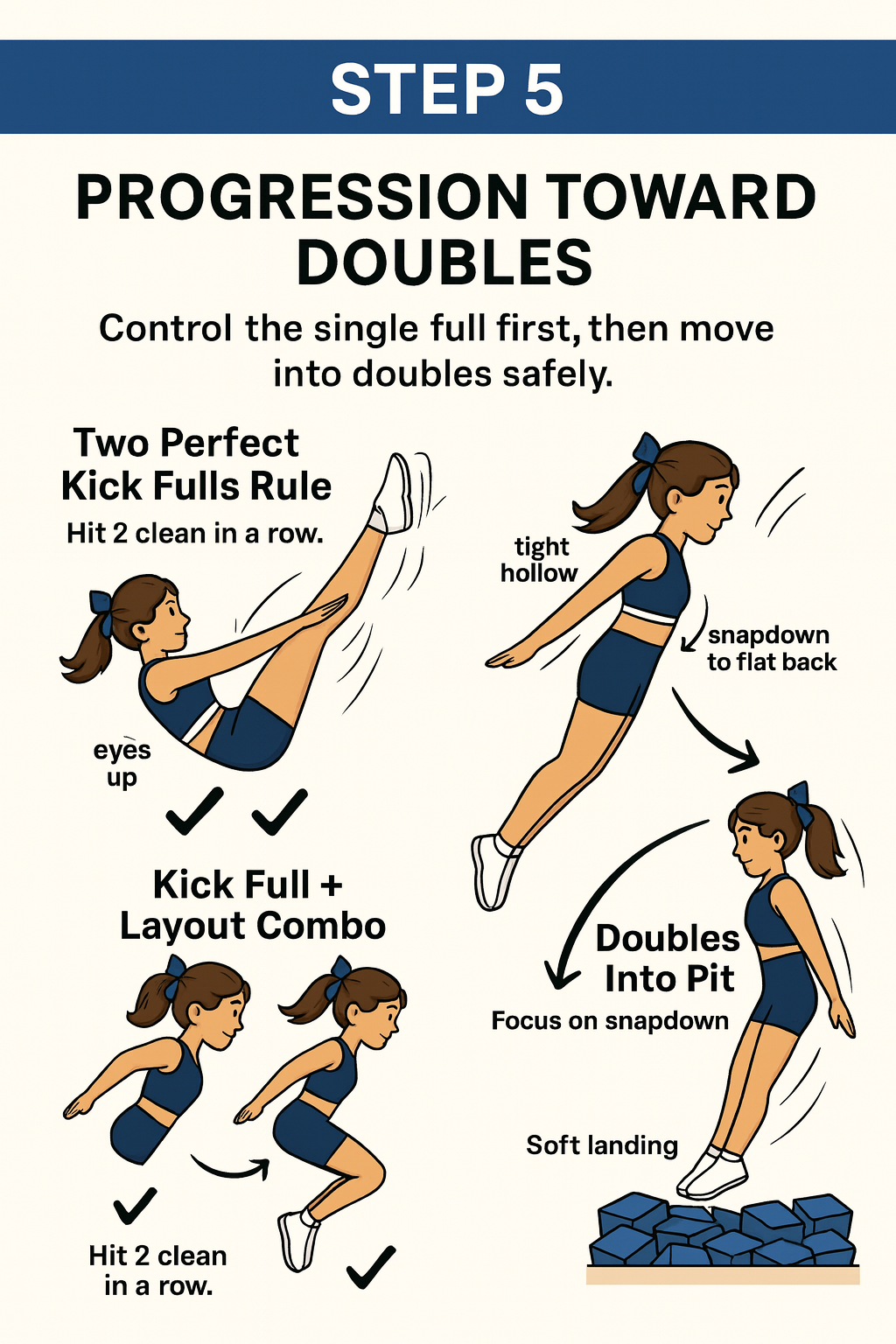
Overrotation on kick fulls isn’t a flaw — it’s a sign of power. The challenge is controlling that energy with better snapdowns, hollow body control, and a disciplined set. Once athletes can consistently hit controlled fulls, doubles become safer, smoother, and much more attainable.
With the right cues and this drill progression, coaches can turn an athlete’s biggest frustration into their clearest path forward.
IPP's Premade Mixes are USA Cheer Compliant and customizable! Add Sound FX, swap songs, & more! Add your Team Name to the mix for only $10!

